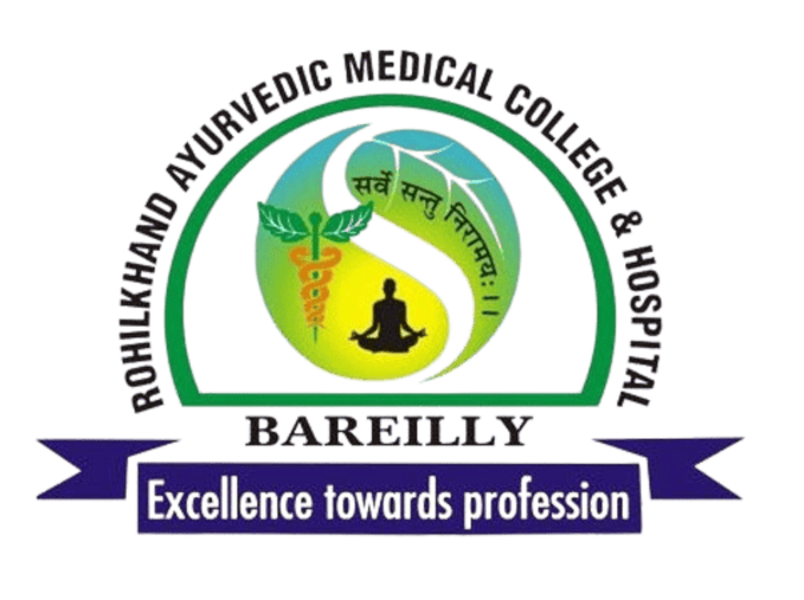





The convergence of traditional medicine and modern nanotechnology offers a promising frontier for
developing novel therapeutics. Swarna Bhasma (SB), a calcined gold ash used in Ayurvedic
medicine for centuries, is a quintessential example of an innate nanomaterial. Recent
characterization studies have confirmed that SB consists of spherical and crystalline gold
nanoparticles (AuNPs) in a size range (10-80 nm) ideal for biomedical applications. This review
article suggests Swarna Bhasma as a potent tool for nanotechnology-based interventions in
Ophthalmology by exploring its physicochemical properties, including its nanoscale dimension,
bioavailability, and unique biological activities such as anti-angiogenic, anti-inflammatory, and
antioxidant effects. Also, propose the mechanistic pathways through which these properties can
target the pathophysiological underpinnings of major eye diseases, including Age-related Macular
Degeneration (ARMD), Diabetic retinopathy, Cataracts, and Uveitis. The article concludes by
discussing the challenges and future directions for translating this ancient nanomedicine into a
standardized, evidence-based therapeutic agent for modern ophthalmic practice, highlighting its
potential for targeted, safe, and multi-factorial treatment of complex ocular pathologies.